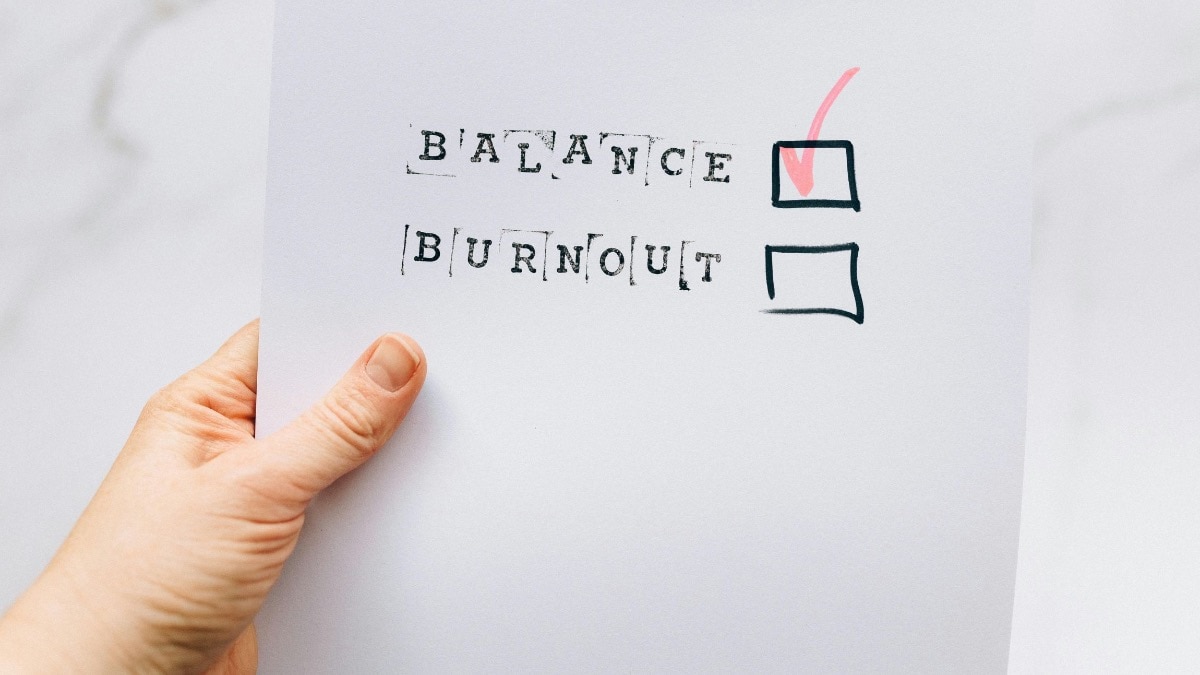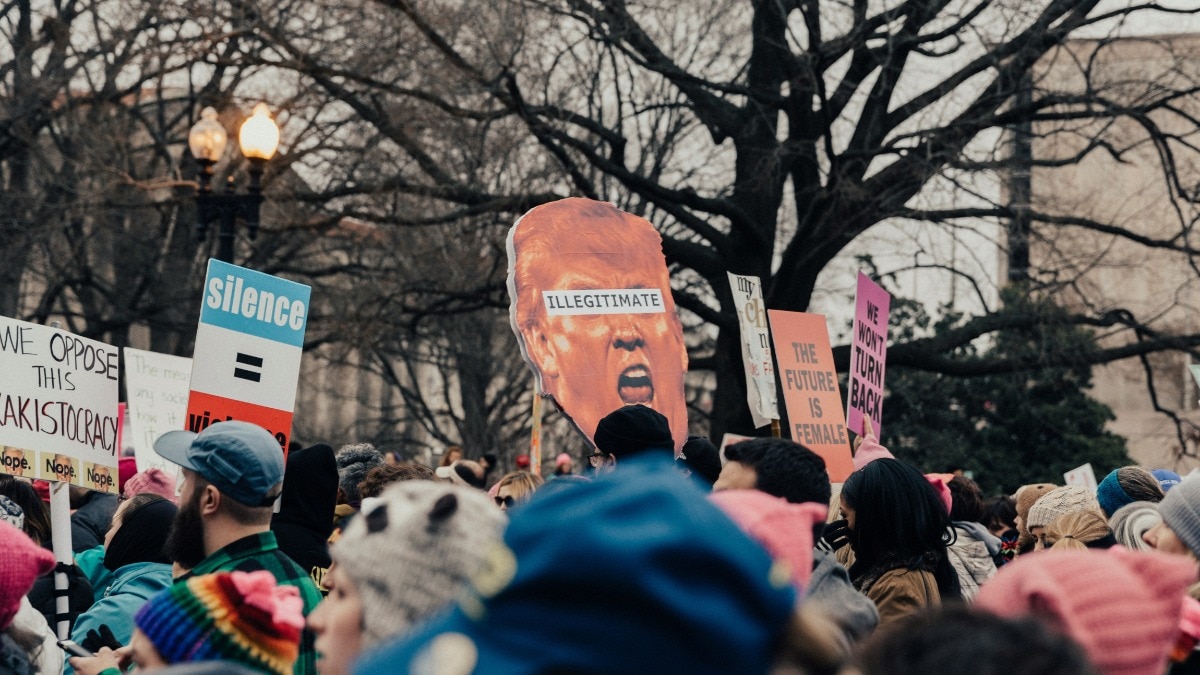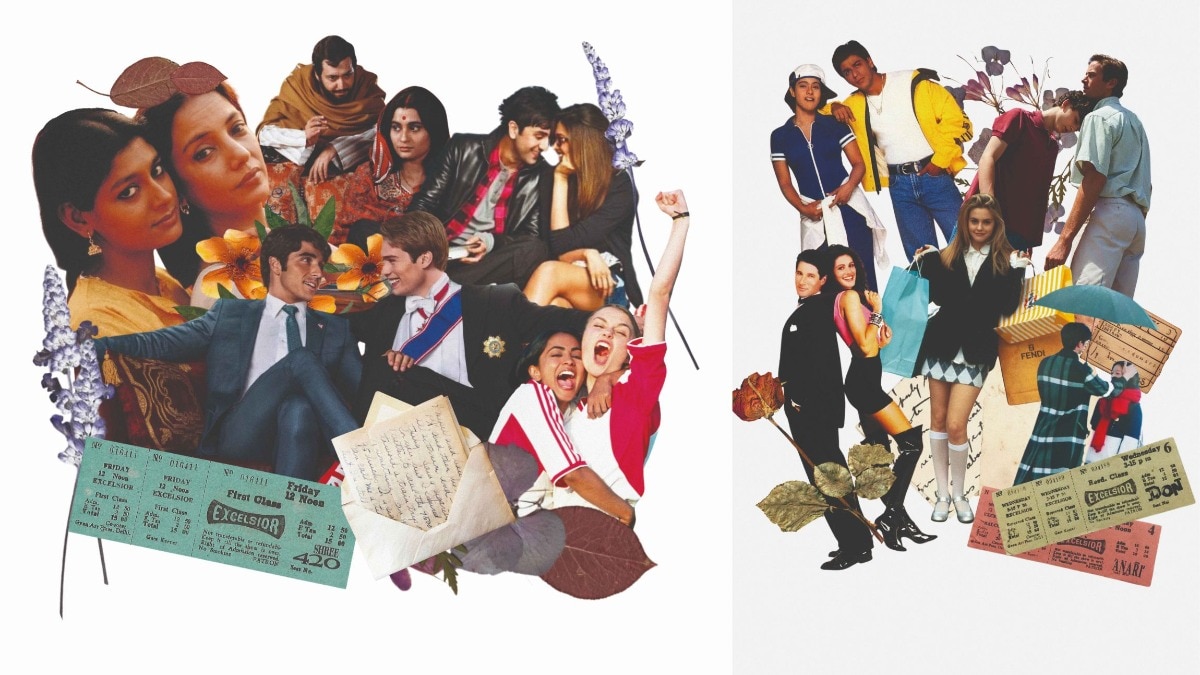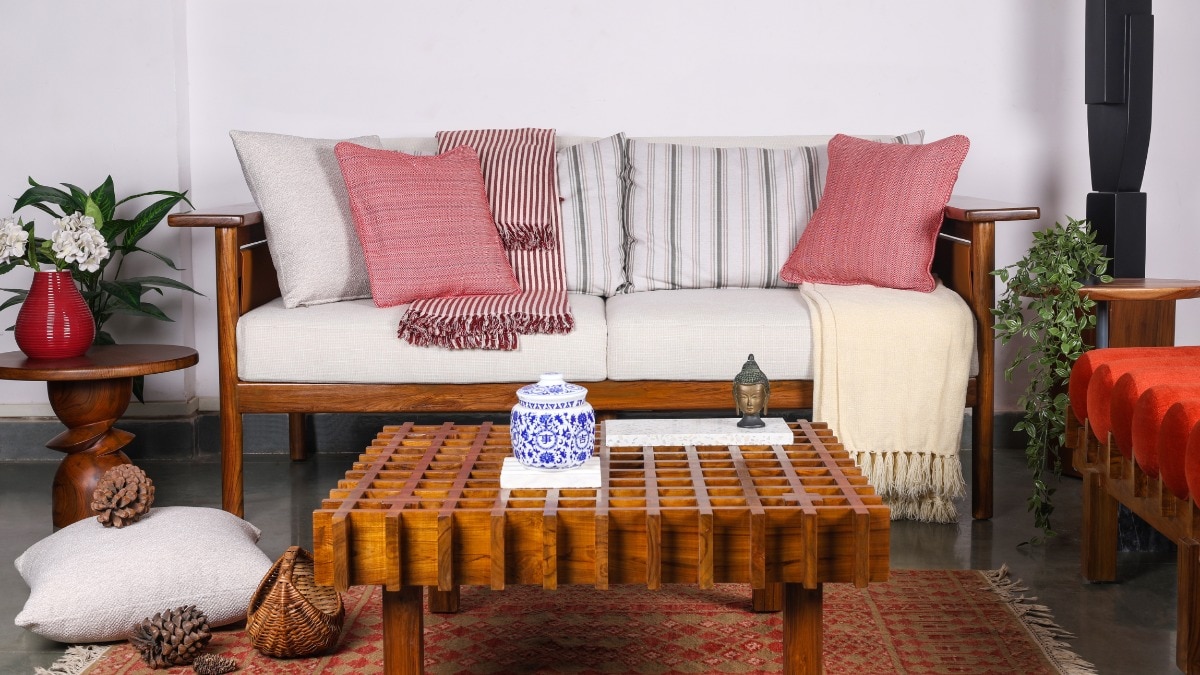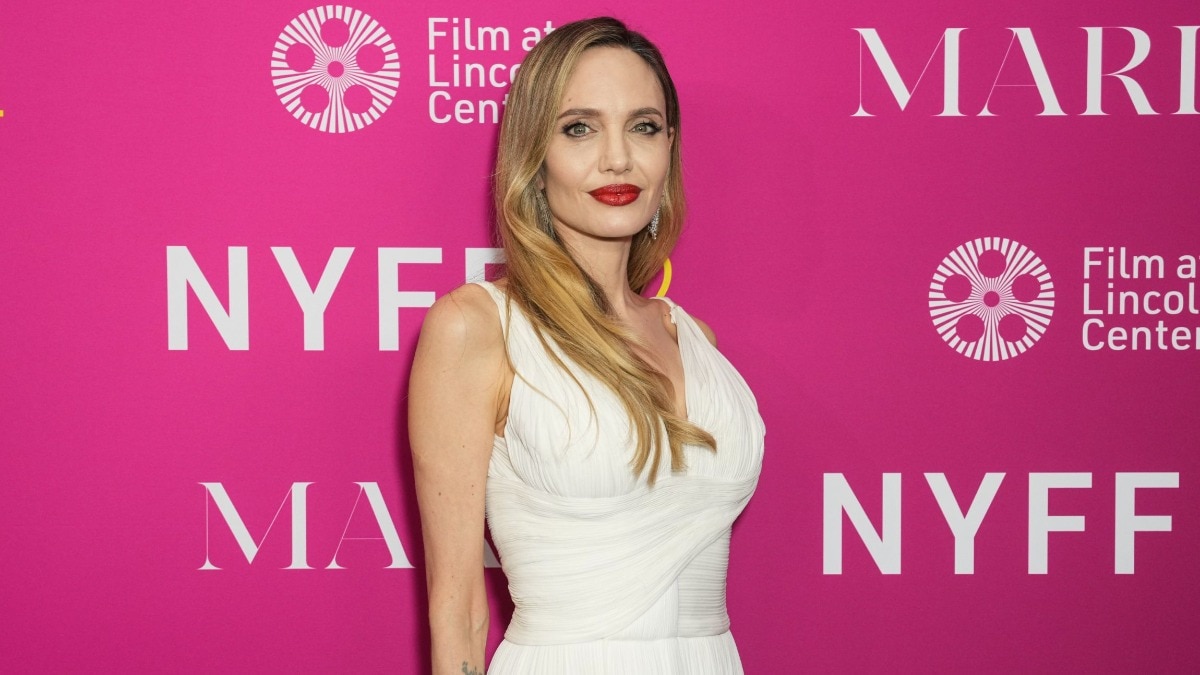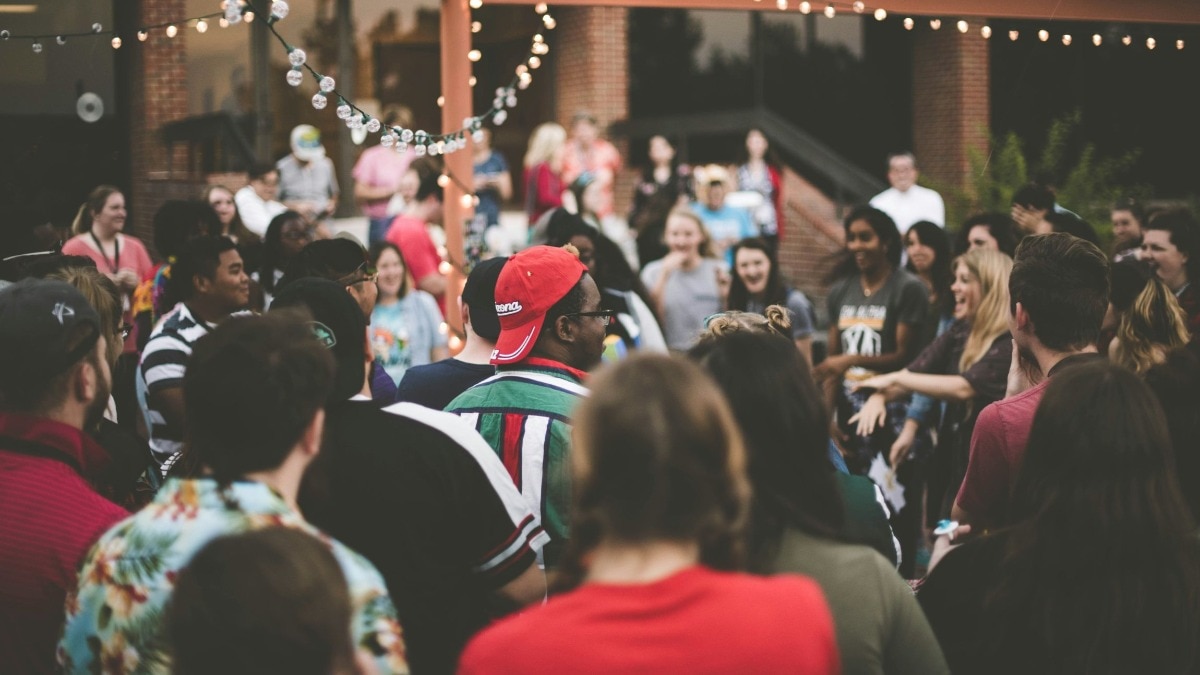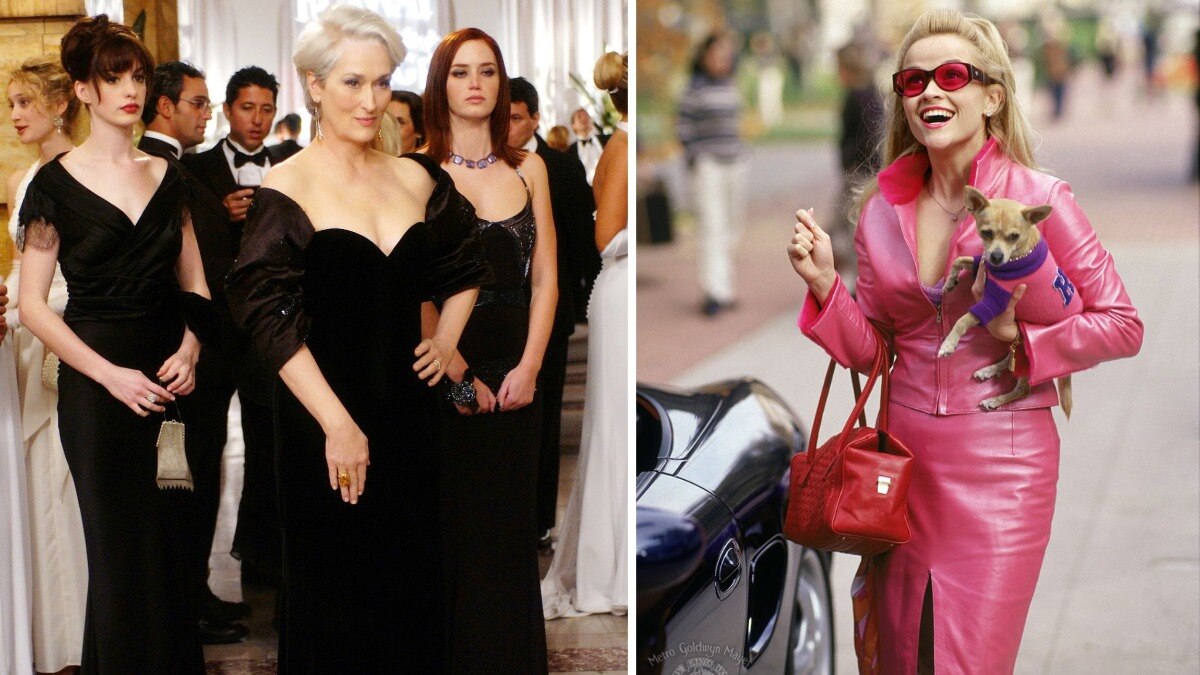
Celebrating queer art history—a journey through time
Explore the rich and varied legacy of queer art across cultures and times.


Art is an intimate affair. An artist takes days, maybe months to use his craft to immortalize moments, people, emotions, memories and many other things. When it comes to what drives one to make art, it differs from one individual to another. One way is to look around you and get inspired, another way is to look within you and get inspired. Since the beginning of time, several communities have used art to portray their identities.
If prehistoric humans used cave paintings to portray their way of life, followed by artists across different eras, in a similar vein, the queer community too has used art to reflect their identities. Queer artists have always existed, some were very open about themselves while some dropped subtle hints in their work about their queer existence, or used their lovers as muses. Tracing queer art history is still quite nascent, but it is growing at a rapid pace, with several historians pointing out homosexual symbolisms in many different paintings.
Cave paintings

Tracing art history begins with cave paintings. These might be simplistic, but they are an important source of information for historians as they give an insight into the daily life and rituals of prehistoric humans. The cave paintings in Addaura, Sicily have been at the center of a heated discourse. Some historians believe this to be the first ever depiction of homosexual relations in art with the two male figures in the center engaging in intercourse, while some other historians believe that this is a portrayal of a sacrificial ritual, with the two figures in the middle being bound together as a part of the ritual.
The San Cave paintings in Zimbabwe, explicitly depict homosexual intercourse, with several male figures engaging in it. While the Addaura paintings are up for debate, the San paintings are testimony of the queer community existing and representing themselves through art.
Niankhkhnum and Chnumhotep

There have been several references to homosexual relations in ancient Egyptian culture. The most famous being Niankhkhnum and Chnumhotep, two high officials who served under the Pharaoh Niuserre. There are several paintings showing them embracing each other, with their noses touching which is the ancient Egyptian equivalent of a kiss. They also shared a tomb together, which does hint at romantic relations between them.
Sappho of Lesbos

Sappho had a huge impact on lesbian culture, with the community’s name being derived from sappho’s hometown. While most of her work got lost to time, whatever is left is hailed as one of the most iconic pieces of lesbian literature. While there a few of her own works left, she has been depicted in several paintings, pottery, and even coins.
Renaissance

The middle ages were a dark time for creativity and innovation, with the onset of the authoritarian rule of the church. They would persecute anyone who did not follow their rules. Being queer was a crime punishable by death, art too was heavily controlled by the church. After this tumultuous period came the Renaissance, a time where artists were encouraged to surpass the old art traditions. Several artists like Michelangelo took center stage with their life-like creations.
Speaking of Michelangelo, his sexuality too has been debated. Several queer history academicians have pointed out that Michelangelo’s works revolved around the understanding of human bodies, male human bodies in specific. He also wrote love poems for a man named Tommaso de Cavalieri. While we might know for certain what Michelangelo’s sexuality was, Donatello, an artist who came before him, is said to be openly queer.
There is a curious story recorded in a 15th-century manuscript called Detti Piacevoli, about Donatello’s quarrel with his male partner, wherein his lover had run off to another man. Donatello in a fit of rage asked his patron for a letter which states he can kill his lover for the betrayal. Thankfully, this did not end in tragedy as they made up in the end. This story puts quite an interesting light on his works, which also dealt with the naked bodies of men.
India
While there are no explicit mentions of the queer community in ancient Indian culture there has been several references to them—for instance, the shikhandi is hinted to be a trans man in the epic Mahabharata. The carvings on the walls of the Khajuraho temple depict female homoerotic relations.
While ancient Indian art history might not have a lot of queer representation, it makes it up for it in the contemporary era. The 1980s saw the rise of Bhupen Khakhar, an openly gay artist. He found acceptance in the queer movements abroad and painted the iconic ‘You can’t please all’. This painting represented him coming out, and was inspired by Aesop’s fable about a man, his son and a donkey, wherein no matter who sits or doesn't sit on the donkey, people around them would badmouth them. This story may have reflected his coming out journey, where people might not have been very accepting of his sexuality. The painting takes a nod at this fable too, as it features two men on a donkey. Throughout his career, he has made several contributions to queer art with his most popular works being ‘Two men in Benares’ and ‘Yayati’.
Bhupen Khakhar has inspired several indian queer artists to be unabashedly themselves, and with the onset of social media, sharing their artworks and their vision has been much more easier. Here, we list some amazing art on the gram worth following.
Priyanka Paul
Priyanka Paul or better known by her instagram handle Artwhoring uses her platform and her art to talk about her queerness as well as her dalit identity. Her bright pastel artworks combined with her humorous anecdotes bring light to serious issues that her community faces.
Priya Dali
Priya Dali is the creative director behind gaysi family, an online collective which acts as a safe space for queer people. Her artwork portrays stories of her community and struggle of constantly creating art.
Parambanana
Parambana is a fashion designer and illustrator who believes in maximalism. His work is flamboyant and extravagant. His artworks contain a lot of elements and colours.
Arzoo Naqvi
Arzoo uses her instagram platform arzoodles to draw four panel comics about being queer. Her artwork is quirky and cheery, often using her creative power to take a stand for her community. With the onset of the modern queer art movement, the community finally has a safe space to let their creativity weave the thread of their stories. The artworks mentioned have withstood the erosion of time, all to bear testimony to the existence of these communities. They bring to us tales of love, longing, heartbreak, and persecutions.


